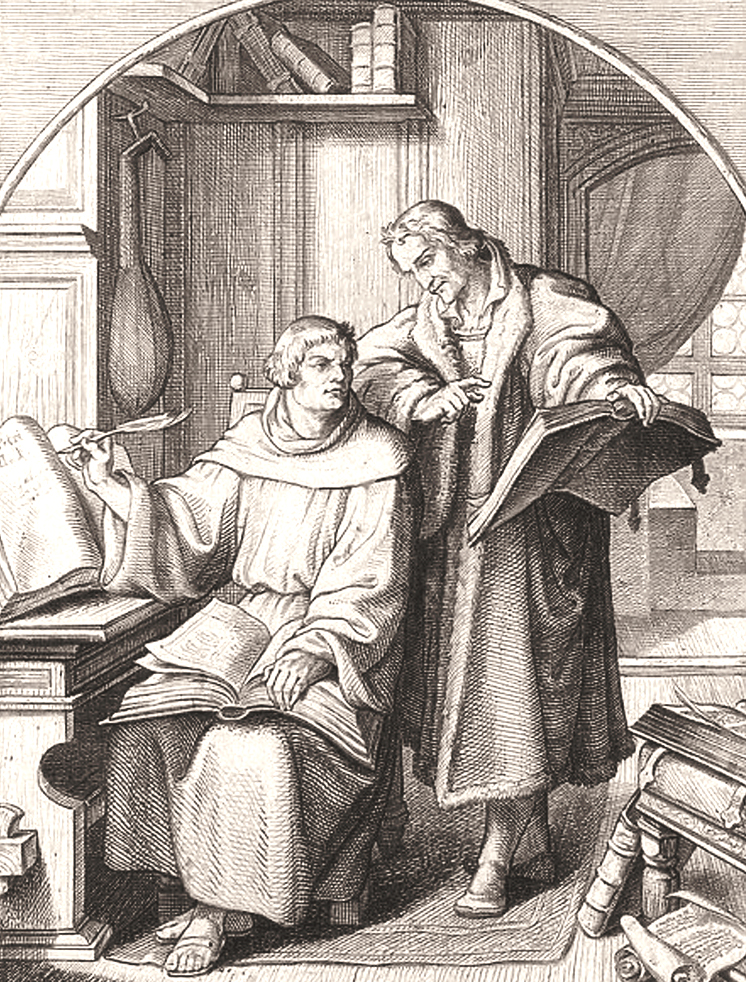
One basic principal of classical education is Ad Fontes, or returning to the source (“to the fount,” the idea is that original texts and sources themselves are studied, rather than a textbook about those sources).
This classical principle of studying original sources rather than relying on someone’s interpretation led an Augustinian monk by the name of Martin Luther to study the Scriptures, sparking the Reformation and the guiding principle of Sola Scriptura. The Reformers wanted everyone to have access to the Word of God, the source of faith and life.

Under the guidance of Luther’s associates, men like Philip Melanchthon, the author of the Augsburg Confession, they opened schools with the goal of universal education. Dr. Gene Edward Veith points out “the schools they opened were not just Bible reading schools. Rather, they were Renaissance classical schools, offering an education for freedom, which soon led to unprecedented social mobility and, eventually, to political freedom.”
Lutherans insisted on liberal education (“Liberal” in the sense of the Latin liberalis, “freedom”) combined with Christian catechesis. The liberal arts include the trivium (three arts of language) and the quadrivium (four arts of mathematics). These “arts of freedom” were designed so students would not merely be trained how to perform a task, but prepared to think about great ideas for the noble service of others. They free a person to live, study, think, and serve in any vocation. Catechesis, in the Lutheran tradition, asks the truly classic question of “what does this mean?” (logic) after students have been taught the grammar of something. Again, students are not taught what to think, but why.

Unfortunately, this classical method had, until recently, nearly dropped out of existence. Enlightenment Rationalism had already begun to reduce education to a science (highly specialized programs meant to fit students into categories), but it was John Dewey in the early 20th century who succeeded in removing the remaining freedom from education. Dewey was the architect of American Governmental Schools, who stated that it was his goal to replace the outdated Christian religion with a “religion” modern man could actually believe and carry out. Ironically, what people today call “secular,” he called “religious,” and we have seen the results of this secular religion taught now for generations in our public schools.
The basic difference between modern or progressive education and classical education can be summed up like this: Classical education believes students are souls to be nurtured, not products to be measured.
Classical education believes students are souls to be nurtured, not products to be measured.
We believe it is time for Faith Lutheran Church to reclaim this beautiful and freeing form of education for the good of our children, our homes, our churches, and our world.
It would be our privilege to give students in Oregon, WI the gifts of the art of reading, the art of understanding, and the art of speaking clearly. To God alone be glory.
For a wealth of videos explaining Classical Education in depth, visit the Consortium for Classical Lutheran Education’s YouTube Channel.


